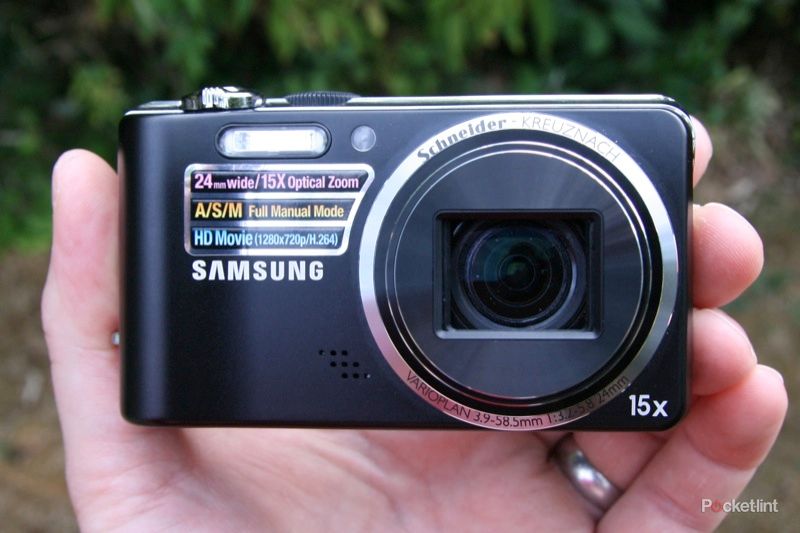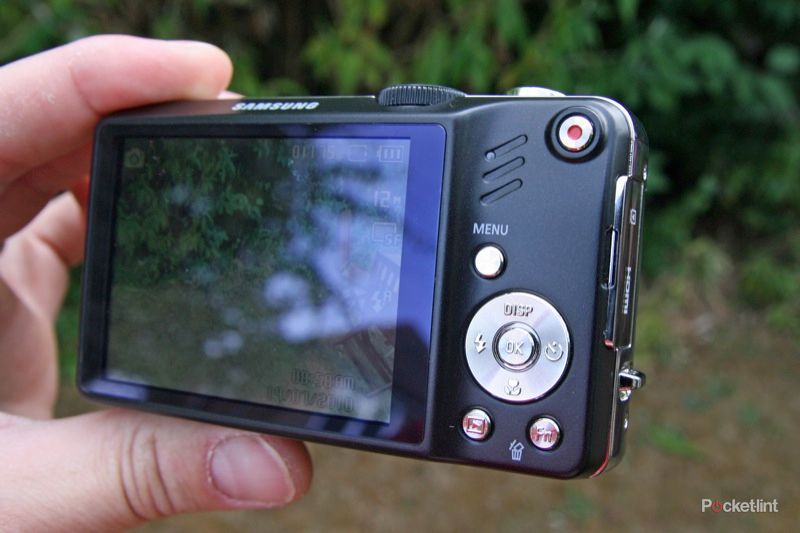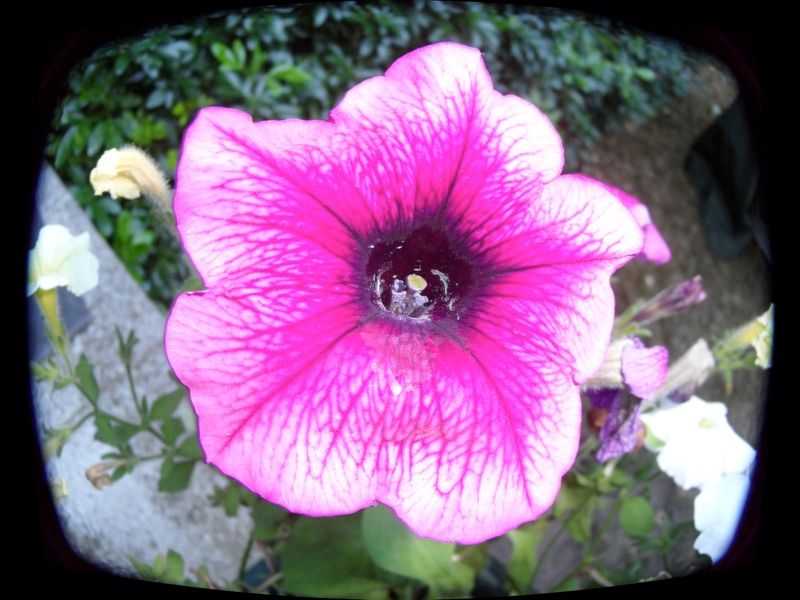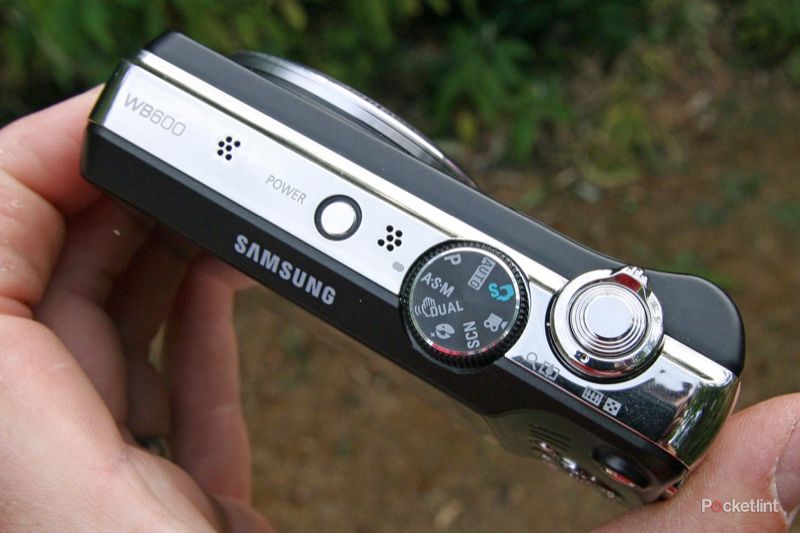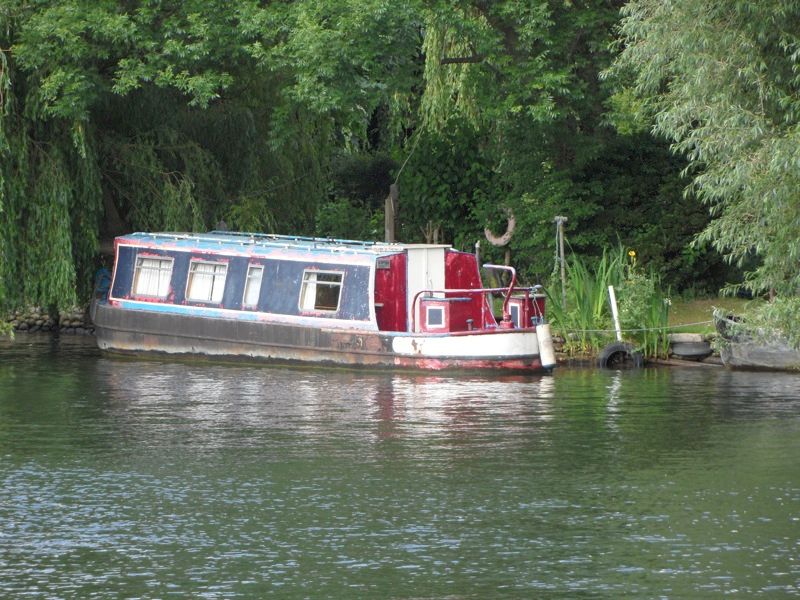The humble compact camera category seems to be under assault. At the high end you have hybrid cameras offering imaging power with svelte dimensions, at the bottom end you have increasingly sophisticated camera phones. The result is a need for innovation and increasing features, and the Samsung WB600 falls into this class of compact cameras that offers zoom capabilities that a few years ago would not be reasonably pocketable.
Our quick take
The Samsung WB600's performance is marred by noise issues, which seems to be the biggest technical obstacle it faces and HD fans will be disappointed with the video quality overall. It is saved, however, but virtue of being excellent value for money. Although we think the Canon SX210 is a better camera the Samsung is certainly more affordable, as you can now get it comfortably under £200, around £40 less than the Canon.
We also like the fact that despite being affordable, the Samsung WB600 isn't too dumbed down. Aperture and shutter shooting controls are welcomed, meaning that those looking to get a little more creative aren't limited in terms of what the camera offers technically.
Pitched as a travel companion, there are better cameras out there, but we can't argue with the value for money that it represents for what is a wide range of functionality.
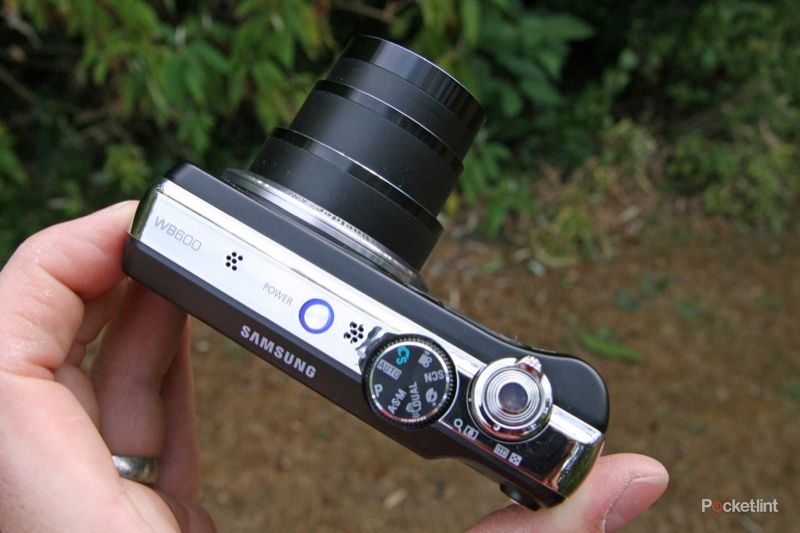
Samsung WB600 - 4.0 / 5
| FOR | AGAINST |
|---|---|
|
|
But it also finds itself in a category packed with impressive players. The Canon SX210 IS, the Panasonic Lumix TZ models (to which it has more than a passing resemblance), the Sony Cyber-shot H55 and so on are all impressive models. The Samsung WB600, compared to the likes of the Canon SX210 could be called rather pedestrian in its design: the newcomer deftly wrong-footed by the experience of a rival.
But size and design aside (the Samsung measures 106.6 x 60.5 x 28mm), the spec sheet gives us an impressive showing. The 12-megapixel sensor is partnered with a Schneider Kreuznach folding lens offering a range of 24-360mm (in 35mm terms), coming out of a 15x zoom. That's an impressive range from a camera you can still just about slip into your trouser pocket.
The 210g weight (before you add the battery and card) makes it feel weighty in the hand, with a solid construction exhibited across the camera. The slight bump to the right-hand side provides some finger grip, essential for keeping the camera steady at longer zooms, but if you are serious about getting the best possible results from the lens you'll want to use support of some sort. A tripod mounting screw is located on the bottom.
The layout of controls is conventional, the top offering up a power button, shooting mode dial and the shutter button encircled by the zoom lever. The back of the camera features the 3-inch display, to the right of which lies the remainder of the controls. A four-way controller offers the common shortcuts of flash, macro, self timer and the display information, joined by separate buttons to access the menu, itself, functioning through the Fn button and a playback to view your snaps.
Finally, an instant record button for video lies at the top, just where your thumb will sit when you grip the camera. We only set video recording accidentally a couple of times, but this is a control we like, as it provides a fast route into video without having to mess around with rotating a dial or moving a slider.
The mode dial offers up the regular compact favourites of a full Auto mode, with a separate Smart Auto which offers to pick out what presents itself in the scene and select the best shooting preset. It seemed accurate enough in making these identifications, but it does then restrict which other controls you can use. Pressing the Fn button in Smart Auto will only offer you the chance to change the photo size.
But you do then get a program shooting mode, which will let you easily change your regular camera settings - focus mode, ISO, metering, flash, white balance - but takes away some of the clever features you can assess in Auto mode. Hit Fn in Auto mode and you get access to a selection of Smart Filters, offering miniature, vignetting and two levels of fish-eye. It's the sort of thing we've seen on Olympus cameras for a while, and more recently, the Canon SX210 IS as well.
Compared to that latter model, you don't seem to have the same degree of flexibility as Canon offers, and the results, whilst offering some creative potential or choice candid shots, are a little blunt. You can also apply these features to video, if you are happy to accept a lower resolution 640 x 480 video, and in some cases a drop in frame rate, giving you a sort of timelapse effect.
Elsewhere on the shooting dial you have your regular scene modes, Samsung's Beauty Shot earns itself a place along with the dedicated movie shooting position. The final spaces are filled with ASM (aperture, shutter, manual) and dual image stabilisation.
Image stabilisation is offered in two forms. The first is regular optical image stabilisation, which we like and is effective. The second is digital image stabilisation, which requires processing of the image to clean up likely effects of movement, which erodes detail in the final picture. The Dual IS position on the dial is smart, so only reverts to digital stabilisation when it needs to, for example when the light is lower. It also restricts the ISO to 800.
The ASM shooting mode(s) hands more control over to the photographer, offering up aperture and shutter priority modes, as well as full manual control, for those more interested in creating a specific photographic effect. With the lens offering a max F/3.2 at the widest angle, it isn't especially fast and not the greatest for shooting in lower light conditions, but capable never the less of generating shallow depth of field shots.
The shutter will run down to 1/2000th of a second and up to 16 seconds, giving some scope for those ethereal movement shots with a long exposure, a degree of night shooting or snappy sports action, or whatever else takes your fancy. Manual mode combines control of both, if you know what you want to achieve and can't trust the auto results those other modes are producing.
The ISO range runs from 80 up to 3200. Noise appears early on this scale and is marring photos at ISO 800, unless you want noise for its creative contributions. We even found noise in light shadow areas at ISO 80, which can obstruct some finer detail and the overall clarity of your pictures. Generally though, the camera doesn't raise the ISO to the higher settings, so the very worst is avoided. Equally, however, you can't set a max ISO for the Auto mode.
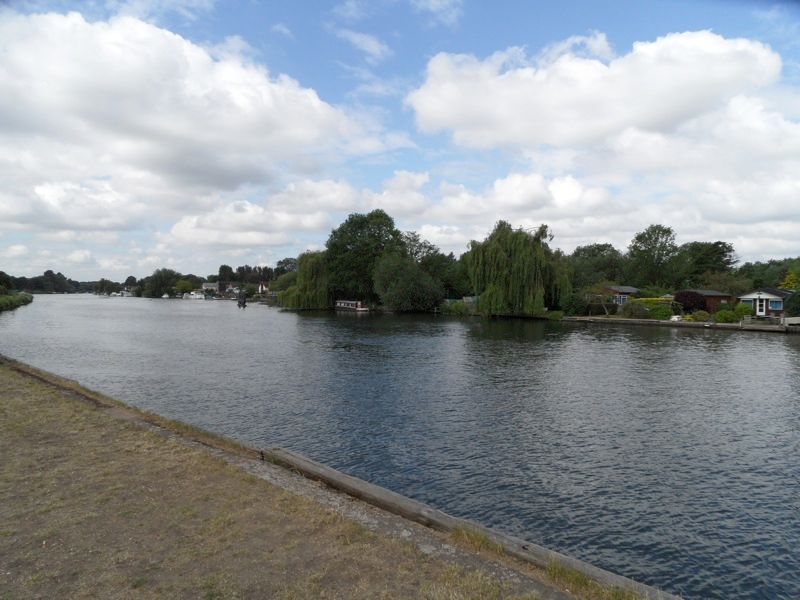
The menus are easy enough to navigate, with the Fn button presenting your options on-screen in a series of easy-to-navigate lines. Switching modes is swift, with the dial rotating the full 360 degrees, but also being a little too easy to move. On more than one occasion we switched modes unintentionally.
The camera takes just over 2 seconds to start and takes about 4 seconds to get to the far end of the zoom which feels a little slow. Writing images to the card is fast enough, but if you deploy any of the special effects you'll find a pause whilst this is applied. Focusing is generally good but can be a little on the slow side at the far end of the zoom and we found the metering to be mostly solid, usually providing shots of a respectable exposure. The wide end of the lens is where the WB600 is likely to see most of its action and distortion is well controlled at the wide angle, although there were obvious dark corners in some of our shots.
The far end of the zoom is rather good, accepting that many shots will suffer from movement if handheld. Overall we found the images were a little soft by default out of the camera, but this can be altered in the settings if you prefer. We were impressed with the level of detail on macro shots, where the camera performs well.
There is plenty of vibrancy to shots in normal shooting modes, however there are a selection of photo styles you can opt for if you want to give your shots a particular hue or effect. On the normal mode however we found rich greens and blues, losing grip on definition in brighter conditions and showing some fringing in high contrast shots, but nothing untypical of this type of camera. We also had a few white balance issues in auto mode, occasionally throwing out an image that was a little on the cold side.
Video offers 720p filming but the results are a little soft too. It does offer respectable stereo audio capture and the zoom is enabled during filming, although the sound cuts out (UPDATE: that's the default option, you can change this in the settings so it doesn't cut out). There is also one of our favourites, the option of pausing during filming, so you can recompose without having to stop and start, so it comes out as one file.
Hiding under a flap on the right-hand side of the camera are two connections allowing HDMI hook-up to your TV (although the cable isn't supplied and it is the less common micro HDMI type) and USB connection. One feature we like is that the USB connection (a proprietary connection, but the cable is supplied) will also charge the battery, which is a useful feature for travellers looking to cut down on the number of accessories they'll have to carry.
The battery will give you about 250 shots, which is reasonable. The battery sits in the bay at the bottom along with the SD/SDHC card.
To recap
Pitched as a travel companion, there are better cameras out there, but we can't argue with the value for money that it represents for what is a wide range of functionality

